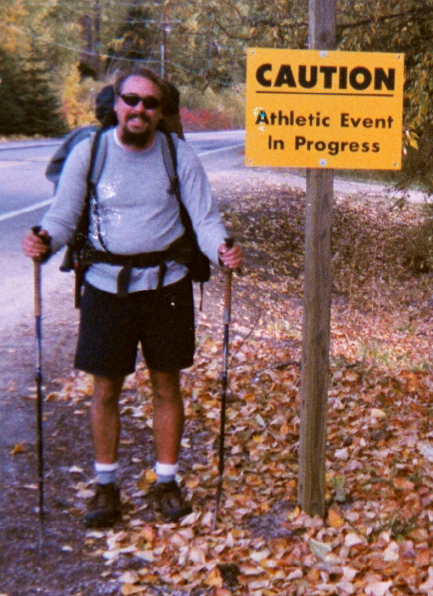[UPDATED, 8:30 a.m.] After several years of planning and digging, the world has its first secure, deep-frozen repository for backup supplies of seeds from hundreds of thousands of plant varieties that underpin agriculture. The Svalbard Global Seed Vault was built into a frigid mountainside in Norway’s northernmost archipelago, deep in the Arctic. It had its ceremonial opening Tuesday morning in the frigid gloom of the Arctic winter. [UPDATE: Many readers wondered about whether it was too close to sea level. But, as I learned in my three Arctic trips, things up there are way more spread out than they appear. The tunnel entrance is 130 meters, or about 400 feet, above sea level. So all can rest easy on that front.]There are something like 1,400 seed banks around the world, guarding samples of crop plants ranging from alfalfa to yams. But, as I wrote last year, this agricultural archive is eroding under forces including war, storms, scant money or bad management, particularly in the world’s poorest or most turbulent places. A Fort Knox has been needed, many experts said. Now they have it.
Some advocates for strengthening the capacity of local communities to sustain their agricultural traditions and crop diversity on their own aren’t happy about this kind of centralized approach, though (more on this below).
No one questions the vulnerability of many of the world’s seed stores. Iraq’s bank of ancient wheat, barley and other crop strains in the town of Abu Ghraib — made infamous for other reasons — was looted during the war (mainly for the containers holding grain samples, not for the grain itself). An international rice repository in the Philippines was shredded by a typhoon.
Wednesday, February 27, 2008
We May Need It
A seed vault has been opened in the Arctic in case of world wide agriculture failure.
Subscribe to:
Post Comments (Atom)



No comments:
Post a Comment